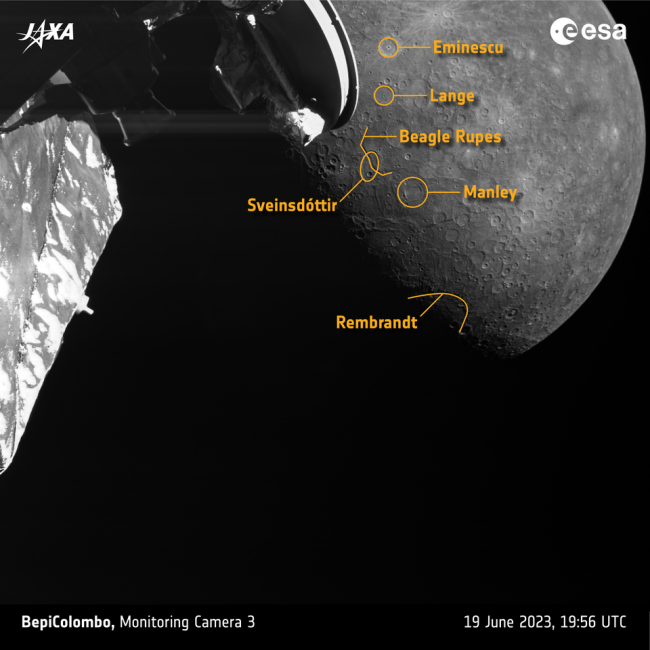In the ancient days we constructed our homes out of natural material such as clay, mud, wood etc and it had the advantage of keeping the house cool during the summer and warm during the winters. Unfortunately, due to the lack of appropriate materials these houses either had very small windows or used material that wasn’t clear making the insides of the houses a dark & gloomy place. This all changed once we had the technology to make glass windows cheaply and quickly. All of a sudden we could put in windows that allowed sunlight into the house without letting the wind inside. It was a game changer for housing.
Now all our houses have glass windows, some even have glass doors etc. Now we have a few different problems. Namely that glass is transparent and having large windows creates a privacy issue where folks can see inside the house. Hence we use curtains, frosted glass, window tinting etc to address this issue. Secondly, Allowing in ambient sunlight raises a room’s temperature requiring additional cooling for the room. This is a big enough problem that there is a thriving market for reflective glass, and window tinting. But there is still a lot of room for improvement.
Researchers at Germany’s Karlsruhe Institute of Technology (KIT) have designed an ultrathin film that when stuck over a regular pane of glass diffuses 73% of incident sunlight, creating a more comfortable and private indoor environment while simultaneously blurring the view through the window. In tests it was found that the film cooled ambient temperatures by as much as 6-degrees Celsius.
The team has successfully tested the film in outdoor tests in the KIT campus and their research has been published in the journal Nature Communications. The technology is still in early stages and it remains to be seen if it can be commercially produced but it does look quite promising. I am looking forward to more developments in this field.
Source: HackerNews: New material looks like frosted glass but lets in more light than a window
– Suramya

